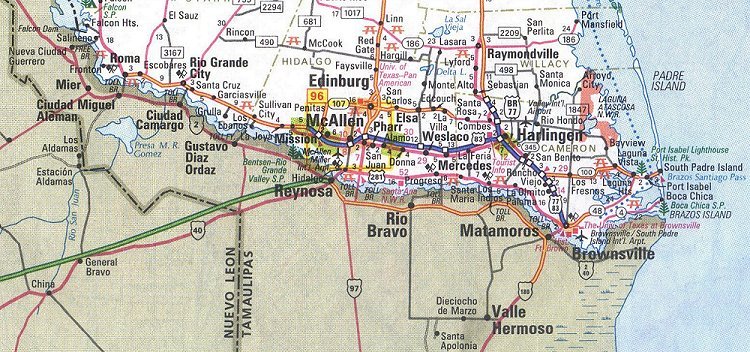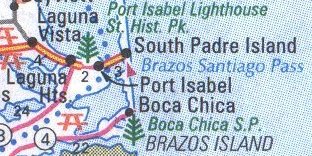
The Rio Grande Valley in Texas

 |
The Rio Grande Valley in Texas |
 |

|
South Padre Island is a resort community on Park Road 100 at the southernmost tip of Padre Island in Cameron County. The island had become a resort during the mid-nineteenth century but was not developed until the 1950s after the completion of the Queen Isabella Causeway, now the Queen Isabella State Fishing Pier. The $2.2 million swing bridge connecting Port Isabel to South Padre Island was completed in February 1954. |
 South Padre Island, Texas |
